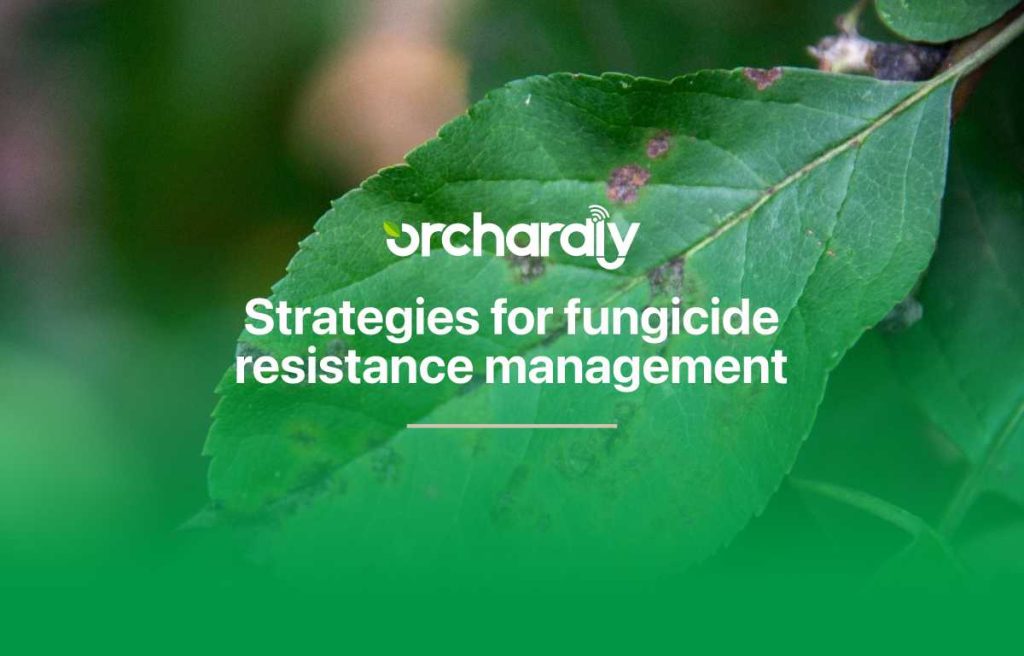Fungicide resistance refers to the ability of fungal populations to adapt and become less susceptible or completely immune to the effects of fungicides, rendering these chemicals less effective in controlling fungal diseases. Resistance is a genetic adjustment by a fungus that results in reduced sensitivity to a fungicide. Reduced sensitivity is thought to be a result of genetic mutations in a single-gene or multiple genes. Mechanisms of resistance differ depending on the mode of action, but include alteration of the target site, reduced fungicide uptake, active export of the fungicide outside fungal cells, and detoxification or breakdown of the fungicide. The build-up of resistance occurs due to indiscriminate and repeated use of same fungicides. Fungi are more likely to develop resistance to single-site fungicides than to multi-site fungicides, so in terms of potential to develop resistance, single-site fungicides like the Strobilurin groups are considered “high risk” and multi-site fungicides which include mostly protectants like Mancozeb, Zineb, Captan etc termed “low risk”.
Resistance Management Strategies
Fungicide resistance poses a major threat to disease control and certain strategies should be in place to tackle this threat. The following strategies can be employed to combat this problem.
- Rotate fungicides: The primary strategy is to rotate or alternate the use of different fungicides with distinct modes of action. Alternating applications of a high-risk pesticide with a low-risk is an important strategy as well. This prevents the same fungicide from being applied repeatedly, which can select for resistant strains.
- Tank-Mixes: Combine different fungicides with different modes of action in a single application. This can be effective in controlling fungal populations and reducing the risk of resistance development.
- Limit the Use of Any Single Mode of Action in a Season: The more often a given mode of action is used, the more likely it is that a pest will develop resistance to it. By using a variety of modes of action in a year, the chances of resistance development go down.
- Limit fungicide Applications: Use fungicides only when necessary and follow recommended application rates and schedules.
- Educate and train growers: Growers should be educated on the importance of resistance management and trained on proper fungicide use and application techniques.
- Integrated approach to disease management: Integrated disease management strategies are an effective way to manage resistance. Cultural practices like orchard sanitation which involves removing inoculum sources (fallen leaves, dead twigs/branches) is an effective way to decrease disease incidence thereby limiting the need of fungicide use.
- Use of resistant varieties, minimizing tree stress, and maintaining proper soil fertility will help reduce disease incidence and limit fungicide use.
- Monitor for resistance: Regularly test fungal populations for resistance to specific fungicides. This can help in early detection of resistance and guide future fungicide choices.
Conclusion
Fungicide resistance is a dynamic challenge, and addressing it requires cooperation among growers, researchers, extension services, and regulatory bodies. Proactive measures, such as responsible fungicide use, integrated pest management, and the development of resistant crop varieties, are essential in managing and delaying the onset of fungicide resistance.


